Everyone Hate My Loquacious Swag. Its Always "why Did You Make This Sentence So Long" And "why Do You
everyone hate my loquacious swag. its always "why did you make this sentence so long" and "why do you use so many commas and em dashes" and never "how did you come up with that run on sentence" or "writing that run on sentence looked fun"
More Posts from Pit-stopz and Others
The architecture of the future will at once appear alien and familiar. As though it has always existed and as though we have never seen it.
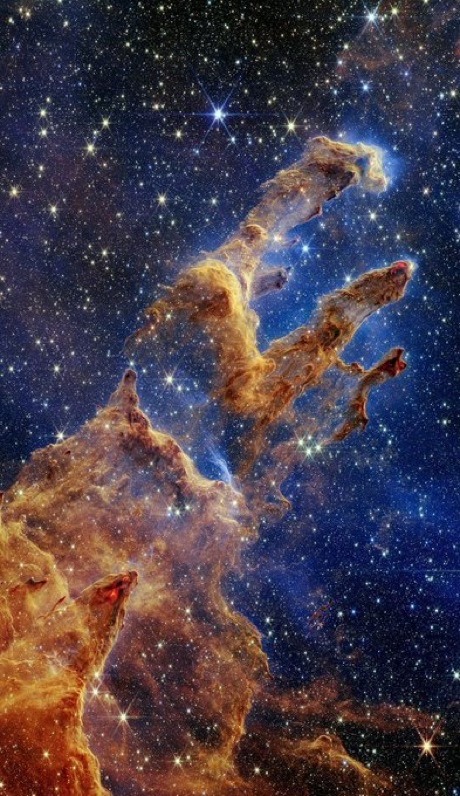





james webb telescope my beloved

9 Out-of-This-World Moments for Space Communications & Navigation in 2023
How do astronauts and spacecraft communicate with Earth?
By using relay satellites and giant antennas around the globe! These tools are crucial to NASA’s space communications networks: the Near Space Network and the Deep Space Network, which bring back science and exploration data every day.
It’s been a great year for our space communications and navigation community, who work to maintain the networks and enhance NASA’s capabilities. Keep scrolling to learn more about our top nine moments.

The SpaceX Falcon 9 rocket carrying the Dragon spacecraft lifts off from Launch Complex 39A at NASA's Kennedy Space Center in Florida on Thursday, Nov. 9, 2023, on the company's 29th commercial resupply services mission for the agency to the International Space Station. Liftoff was at 8:28 p.m. EST.
1. In November, we launched a laser communications payload, known as ILLUMA-T, to the International Space Station. Now, ILLUMA-T and the Laser Communications Relay Demonstration (LCRD) are exchanging data and officially complete NASA’s first two-way, end-to-end laser relay system. Laser communications can send more data at once than traditional radio wave systems – think upgrading from dial-up to fiber optic internet. ILLUMA-T and LCRD are chatting at 1.2 gigabits per second (Gbps). At that rate, you could download an average movie in under a minute.

NASA’s InSight lander captured this selfie on Mars on April 24, 2022, the 1,211th Martian day, or sol, of the mission.
2. Data analyzed in 2023 from NASA’s retired InSight Mars lander provided new details about how fast the Red Planet rotates and how much it wobbles. Scientists leveraged InSight’s advanced radio technology, upgrades to the Deep Space Network, and radio signals to determine that Mars’ spin rate is increasing, while making the most precise measurements ever of Mars’ rotation.

TBIRD is demonstrating a direct-to-Earth laser communications link from low Earth orbit to a ground station on Earth.
3. We set a new high record! The TeraByte InfraRed Delivery (TBIRD) payload – also demonstrating laser communications like ILLUMA-T and LCRD – downlinked 4.8 terabytes of data at 200 Gbps in a single 5-minute pass. This is the highest data rate ever achieved by laser communications technology. To put it in perspective a single terabyte is the equivalent of about 500 hours of high-definition video.

A 34-meter (112-foot) wide antenna at Canberra Deep Space Communications Complex near Canberra, Australia.
4. This year we celebrated the Deep Space Network’s 60th anniversary. This international array of antennas located at three complexes in California, Spain, and Australia allow us to communicate with spacecraft at the Moon and beyond. Learn more about the Deep Space Network’s legacy and future advancements.

An illustration of the LunaNet architecture. LunaNet will bring internet-like services to the Moon.
5. We are bringing humans to the Moon with Artemis missions. During expeditions, astronauts exploring the surface are going to need internet-like capabilities to talk to mission control, understand their routes, and ensure overall safety. The space comm and nav group is working with international partners and commercial companies to develop LunaNet, and in 2023, the team released Draft LunaNet Specification Version 5, furthering development.

The High-Rate Delay Tolerant Networking node launched to the International Space Station in November and will act as a high-speed path for data.
6. In addition to laser communications, ILLUMA-T on the International Space Station is also demonstrating high-rate delay/disruption tolerant networking (HDTN). The networking node is showcasing a high-speed data path and a store-and-forward technique. HDTN ensures data reaches its final destination and isn’t lost on its path due to a disruption or delay, which are frequent in the space environment.

The Communications Services Project (CSP) partners with commercial industry to provide networking options for future spaceflight missions.
7. The space comm and nav team is embracing the growing aerospace industry by partnering with commercial companies to provide multiple networking options for science and exploration missions. Throughout 2023, our commercialization groups engaged with over 110 companies through events, one-on-one meetings, forums, conferences, and more. Over the next decade, NASA plans to transition near-Earth services from government assets to commercial infrastructure.

Middle and high school students solve a coding experiment during NASA's Office of STEM Engagement App Development Challenge.
8. Every year, NASA’s Office of STEM Engagement sponsors the App Development Challenge, wherein middle and high school students must solve a coding challenge. This year, student groups coded an application to visualize the Moon’s South Pole region and display information for navigating the Moon’s surface. Our space communications and navigation experts judged and interviewed students about their projects and the top teams visited NASA’s Johnson Space Center in Houston!

A SpaceX Falcon 9 rocket soars upward after liftoff at the pad at 3:27 a.m. EDT on Saturday, Aug. 26, from Kennedy Space Center’s Launch Complex 39A in Florida carrying NASA’s SpaceX Crew-7 crew members to the International Space Station. Aboard SpaceX’s Dragon spacecraft are NASA astronaut Jasmin Moghbeli, ESA (European Space Agency) astronaut Andreas Mogensen, JAXA (Japan Aerospace Exploration Agency) astronaut Satoshi Furukawa, and Roscosmos cosmonaut Konstantin Borisov.
9. The Near Space Network supported 19 launches in 2023! Launches included Commercial Crew flights to the International Space Station, science mission launches like XRISM and the SuperBIT balloon, and many more. Once in orbit, these satellites use Near Space Network antennas and relays to send their critical data to Earth. In 2023, the Near Space Network provided over 10 million minutes of communications support to missions in space.
Here’s to another year connecting Earth and space.
Make sure to follow us on Tumblr for your regular dose of space!

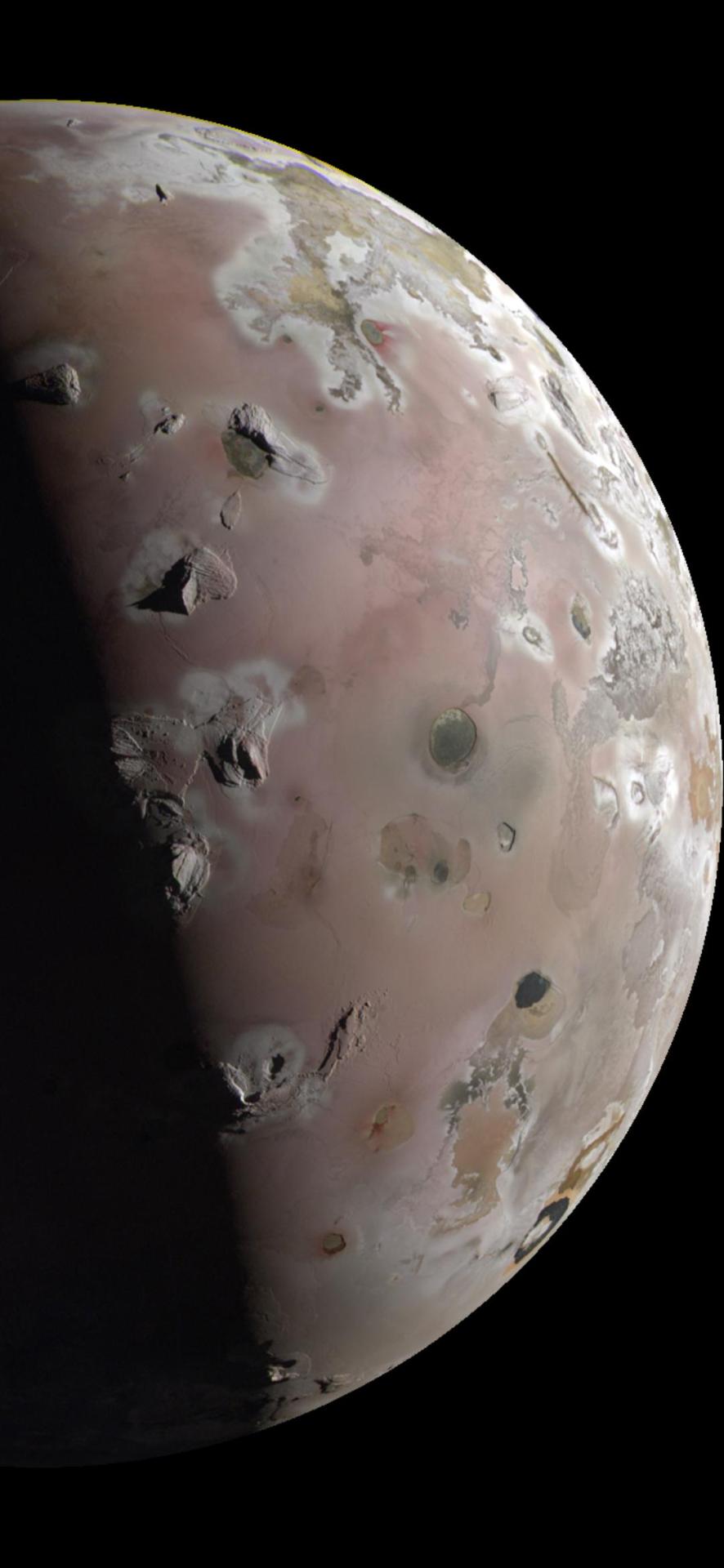
NASA’s Juno Gets a Close Look at Jupiter’s Volcanic Moon Io on Dec. 30, 2023 (via u/enknowledgepedia on r/spaceporn)
Look at that beautiful moon

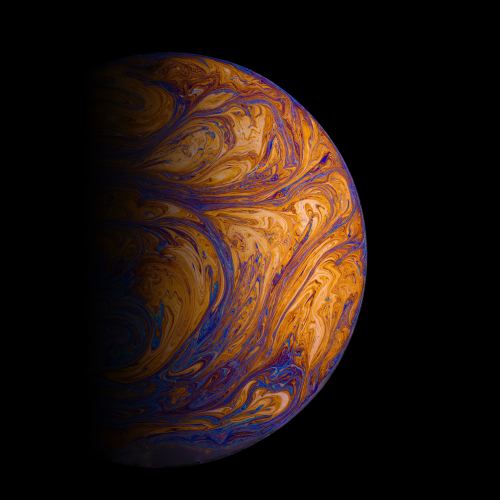

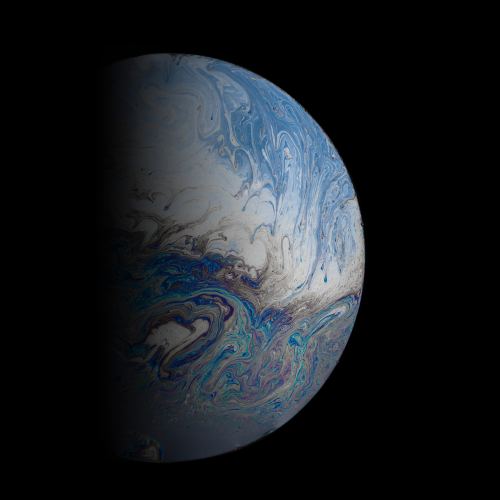


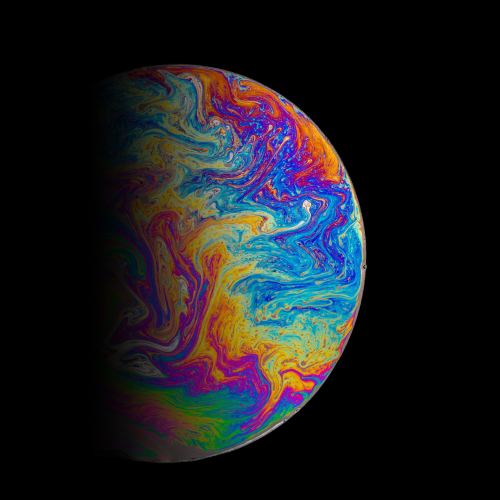
Orbs of the multiverse (soap & oil planet series) by Daniel Olah

Cow discovered on the Moon.
-
 cryptidlatias reblogged this · 1 week ago
cryptidlatias reblogged this · 1 week ago -
 starmagnets reblogged this · 1 week ago
starmagnets reblogged this · 1 week ago -
 moonmacabre01 reblogged this · 1 week ago
moonmacabre01 reblogged this · 1 week ago -
 fiiivechaosgremlins reblogged this · 1 week ago
fiiivechaosgremlins reblogged this · 1 week ago -
 ellofellow34 liked this · 1 week ago
ellofellow34 liked this · 1 week ago -
 pinkfestivalpeanuttree liked this · 1 week ago
pinkfestivalpeanuttree liked this · 1 week ago -
 celestial-moon-wishes reblogged this · 2 weeks ago
celestial-moon-wishes reblogged this · 2 weeks ago -
 root-interface reblogged this · 2 weeks ago
root-interface reblogged this · 2 weeks ago -
 wodkapudding reblogged this · 2 weeks ago
wodkapudding reblogged this · 2 weeks ago -
 yo-mamma-69 liked this · 2 weeks ago
yo-mamma-69 liked this · 2 weeks ago -
 portmanteaublerone reblogged this · 2 weeks ago
portmanteaublerone reblogged this · 2 weeks ago -
 doyoupraisethewalls liked this · 3 weeks ago
doyoupraisethewalls liked this · 3 weeks ago -
 turduckenail reblogged this · 3 weeks ago
turduckenail reblogged this · 3 weeks ago -
 matchbet-allofthetime liked this · 3 weeks ago
matchbet-allofthetime liked this · 3 weeks ago -
 shookehded liked this · 3 weeks ago
shookehded liked this · 3 weeks ago -
 andthereisnopunchline liked this · 1 month ago
andthereisnopunchline liked this · 1 month ago -
 battlekidx2 liked this · 1 month ago
battlekidx2 liked this · 1 month ago -
 theempressofgummybears reblogged this · 1 month ago
theempressofgummybears reblogged this · 1 month ago -
 theempressofgummybears liked this · 1 month ago
theempressofgummybears liked this · 1 month ago -
 nerfherder-02 reblogged this · 1 month ago
nerfherder-02 reblogged this · 1 month ago -
 nerfherder-02 liked this · 1 month ago
nerfherder-02 liked this · 1 month ago -
 qualitymoonsuit reblogged this · 1 month ago
qualitymoonsuit reblogged this · 1 month ago -
 chinaricat liked this · 1 month ago
chinaricat liked this · 1 month ago -
 infinite-shu liked this · 1 month ago
infinite-shu liked this · 1 month ago -
 pocket-mobster liked this · 1 month ago
pocket-mobster liked this · 1 month ago -
 squiblings reblogged this · 1 month ago
squiblings reblogged this · 1 month ago -
 xenalistair liked this · 1 month ago
xenalistair liked this · 1 month ago -
 jenahid liked this · 1 month ago
jenahid liked this · 1 month ago -
 yellingaboutmasseffect liked this · 1 month ago
yellingaboutmasseffect liked this · 1 month ago -
 graciecatfamilyband reblogged this · 1 month ago
graciecatfamilyband reblogged this · 1 month ago -
 graciecatfamilyband liked this · 1 month ago
graciecatfamilyband liked this · 1 month ago -
 walkawaytall reblogged this · 1 month ago
walkawaytall reblogged this · 1 month ago -
 daisywalletchains reblogged this · 1 month ago
daisywalletchains reblogged this · 1 month ago -
 nightingalesighs reblogged this · 1 month ago
nightingalesighs reblogged this · 1 month ago -
 camminadrummer reblogged this · 1 month ago
camminadrummer reblogged this · 1 month ago -
 get-0-ff-my-lawn liked this · 1 month ago
get-0-ff-my-lawn liked this · 1 month ago -
 anxi0us-s0ck reblogged this · 1 month ago
anxi0us-s0ck reblogged this · 1 month ago -
 imightbegayidk liked this · 1 month ago
imightbegayidk liked this · 1 month ago -
 m0ricake liked this · 1 month ago
m0ricake liked this · 1 month ago -
 tiredofamatonormativity reblogged this · 1 month ago
tiredofamatonormativity reblogged this · 1 month ago -
 tiredofamatonormativity liked this · 1 month ago
tiredofamatonormativity liked this · 1 month ago -
 scarrletmoon liked this · 1 month ago
scarrletmoon liked this · 1 month ago -
 unmeltable-snow liked this · 1 month ago
unmeltable-snow liked this · 1 month ago -
 finder-of-rings liked this · 1 month ago
finder-of-rings liked this · 1 month ago -
 spacedouterri reblogged this · 1 month ago
spacedouterri reblogged this · 1 month ago -
 spacedouterri liked this · 1 month ago
spacedouterri liked this · 1 month ago -
 hiimcanadia reblogged this · 1 month ago
hiimcanadia reblogged this · 1 month ago -
 yakinaboat reblogged this · 1 month ago
yakinaboat reblogged this · 1 month ago -
 yakinaboat liked this · 1 month ago
yakinaboat liked this · 1 month ago -
 emeraldcreeper reblogged this · 1 month ago
emeraldcreeper reblogged this · 1 month ago
